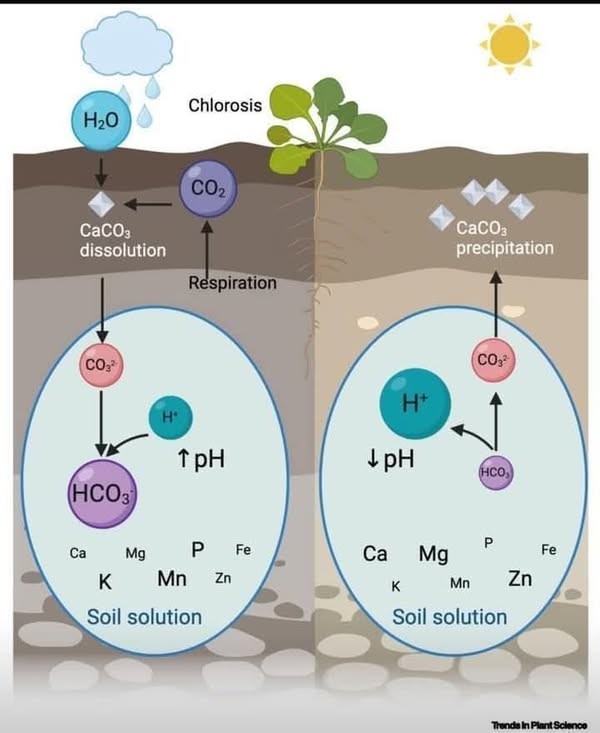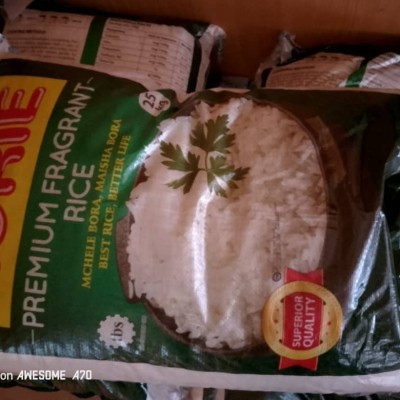Strategies for calcareous soils management 🟫👨🌾
📚 Calcareous soils (soils with a high carbonate content and low organic matter), covering approximately 30% of global land areas, represent a significant environmental challenge for plant nutrition and agricultural productivity.
🔬 Calcium carbonate (CaCO3) plays a dynamic role in soil biogeochemistry, participating in complex dissolution-precipitation reactions that significantly alter soil chemistry and nutrient availability.
📉 The alkaline nature of calcareous soils, typically with pH around 8, creates multiple nutritional challenges for plants, particularly restricting the availability of nutrients, including phosphorus (P), iron (Fe), manganese (Mn), zinc (Zn), and to a lesser extent, potassium (K) and magnesium (Mg).
💧 In moist soil conditions, increased respiration from plants and microorganisms generates CO2, which triggers CaCO3 dissolution and releases calcium and carbonate ions, further increasing soil alkalinity.
❌ Conversely, dry conditions cause CaCO3 precipitation, reducing available calcium and potentially acidifying the soil solution, with these dynamics dynamically affecting nutrient availability and concentration.
🌡️ Climate change is expected to complicate plant adaptation to calcareous soils, introducing additional environmental stressors like elevated CO2, temperature fluctuations, and extreme moisture conditions.
🚜 To successfully manage calcareous soils, the following practices are recommended:
- Introduction and select tolerant crop varieties,
- Implementation of precise nutrient and water management techniques,
- Application of soil amendments (green manure, compost, organic amendments),
- Adopting a holistic, long-term strategy to maintain soil health (proper rotation, cover cropping, mulching, minimized tillage).






